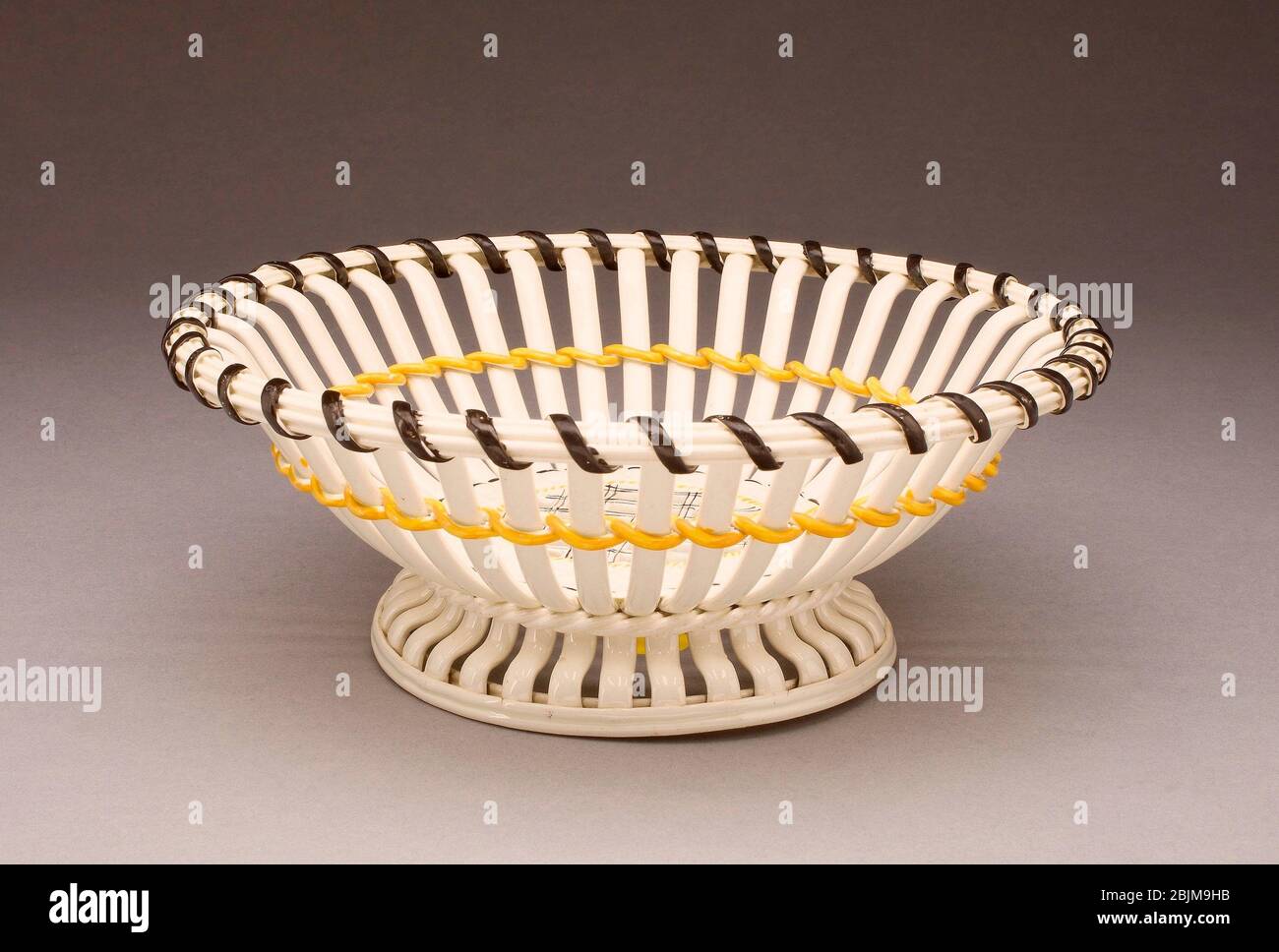

The site has proved an archaeological gold mine, with a unique ivory rosary found in 2015, a trade silver triangle pendant and a brass lock in 2017, and the hits just keep coming. The house was first owned by French-Canadian fur trader Charles Henri Desjardins de Rupallay de Gonneville, who lived and worked in the area between the 1730s and 1750s, and later by an unidentified British trader. Only four gun parts have been found there in 12 years of excavations. It was discovered in the west wall of the root cellar of House E of the Southeast Rowhouse.

Just shy five inches long, the sideplate dates to the 1770s. The longest ongoing archaeological dig in the United States, the excavation of Fort Michilimackinac in Michigan’s lower peninsula, has unearthed a neat serpent-shaped sideplate from a British trade gun.


 0 kommentar(er)
0 kommentar(er)
